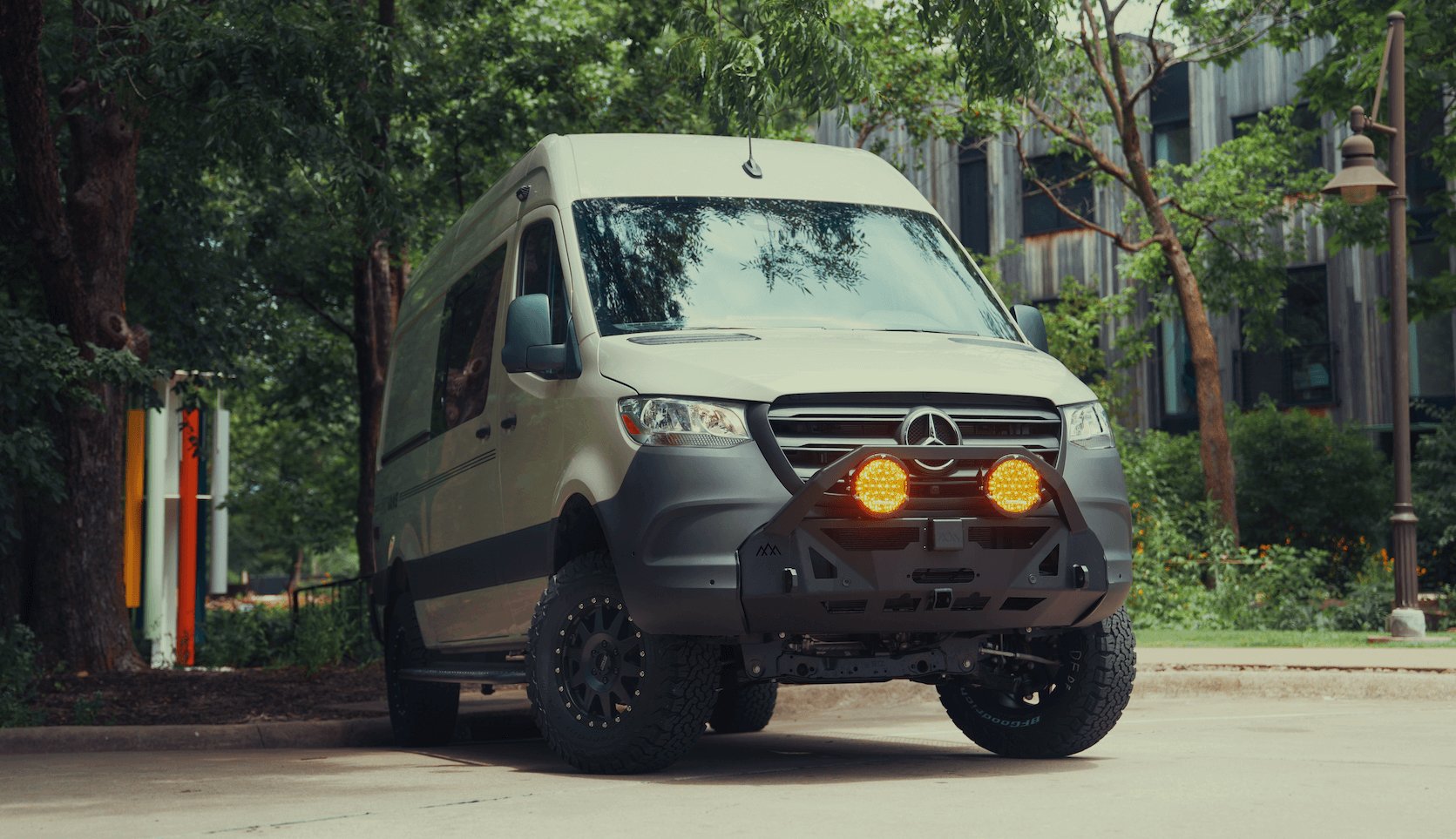Recreational Vans

A van body shop restores the look and safety of a van after bumps, scrapes, or full collisions. Technicians begin with a visual intake and a measurement plan to identify visible and hidden damage. Because many modern vans use unibody construction with strategic crumple zones, a shop must understand how loads move through the shell and reinforcements. Where full frames are used, dedicated straightening equipment brings rails and crossmembers back to spec. The goal is to return the vehicle to factory dimensions so doors close cleanly, panels line up, and safety systems perform as intended.
Estimating today relies on digital platforms paired with repair procedures from the manufacturer. Shops write a repair plan that lists parts, labor, and materials, then refine it during a tear down when hidden issues surface. High roof vans pose access and ladder safety needs, and long side panels demand careful handling to avoid oil canning or new waves. Throughout the job, documentation with photos and measurements supports quality control and any insurance review.
A van body shop works with metals and plastics that each respond differently to heat and force. Correct technique matters to preserve strength and corrosion resistance.
Commercial vans often mix high strength steels with mild steel in pillars and floors. Some doors and hoods may be aluminum, which requires clean tools and separate workflows to avoid cross contamination that triggers galvanic corrosion. Composites show up in bumper covers and interior panels. A capable shop identifies each material, isolates tools for aluminum, and follows torque and fastener specs during reassembly.
Color match on a long van side shows every mismatch. Refinish teams use spectrophotometers, spray out cards, and blend into adjacent panels to hide transitions. Clean booths with controlled airflow keep dust out of the clearcoat, while infrared curing or bake cycles help stabilize finish quality. Texture and gloss must follow the original appearance so repaired panels do not stand out under sunlight.
Modern vans carry sensors for parking, lane support, and emergency braking. Pre and post scans confirm system health, while repair events like bumper replacement or windshield work may trigger calibration procedures. Proper target boards, level floors, alignment readings, and battery support are required so these systems function as designed.
Selecting a shop comes down to capability, process, and trust. Look for structural measuring systems that can read unibody points, not just visual checks. Ask about separate aluminum work areas and dust extraction to protect sensitive materials. A documented repair plan that references manufacturer procedures shows attention to detail. Warranties should cover both materials and workmanship, and the shop should explain what is covered and for how long.
Parts options influence results and cost. Original equipment parts often fit best, while quality recycled parts can be appropriate for non structural areas. Cheap copies may cause fitment or corrosion issues. Ask how the shop protects interiors in cargo bays, high roof headliners, and electronics during the job. Cycle time depends on parts availability, complexity, and curing needs. Clear communication on milestones keeps expectations aligned.
Insurance claims work best when you receive transparent documentation and photos tied to the estimate. Even if a claim is involved, you choose the repairer. Shops that photograph each step, record measurements, and list corrosion protection products create a record that supports long term value.
Sometimes a repair is the moment to add protection or functional upgrades. After panels are restored, owners often select body armor, rock rails, lighting, or racks to prevent repeat damage and improve utility. Custom metal fabrication can strengthen bumpers or add recovery points when the use case calls for it. Good shops can integrate upgrades without compromising safety sensors, door motion, or roof load limits.
If your van is part of a larger travel or work plan, consider how the repair ties into your next phase. That might include layout changes, power systems, or cargo solutions planned alongside exterior fixes. Coordinating these steps reduces downtime and avoids repeat disassembly.
OZK Customs builds and refines vans for travel, work, and play. If your van needs body work as part of a broader vision, our team can coordinate repair friendly upgrades, metal fabrication, lighting, and protective gear while guiding your path to a complete rig. Explore our Recreational vans, see what a full Custom van build looks like, or review our Mainstream vans for finance focused options. When you are ready to blend repair with a purposeful upfit, our Fayetteville Arkansas shop makes handoff simple and the sendoff memorable.
Tell us how the van was damaged and how you want to use it after repair. We will map a practical plan that respects structural safety, finish quality, and your future build goals.
Ready to move forward. Submit the form and we will schedule your build review.
Ready to repair or upgrade your van with care that respects how you travel and work. Start with a quick consult. Tell us your goals, and our team will guide your van from repair to road ready. Submit the form and we will schedule your build review.
ADDRESS:
6159 E Huntsville Rd, Fayetteville, AR 72701
PHONE:
(479) 326-9200
EMAIL:
info@ozkvans.com